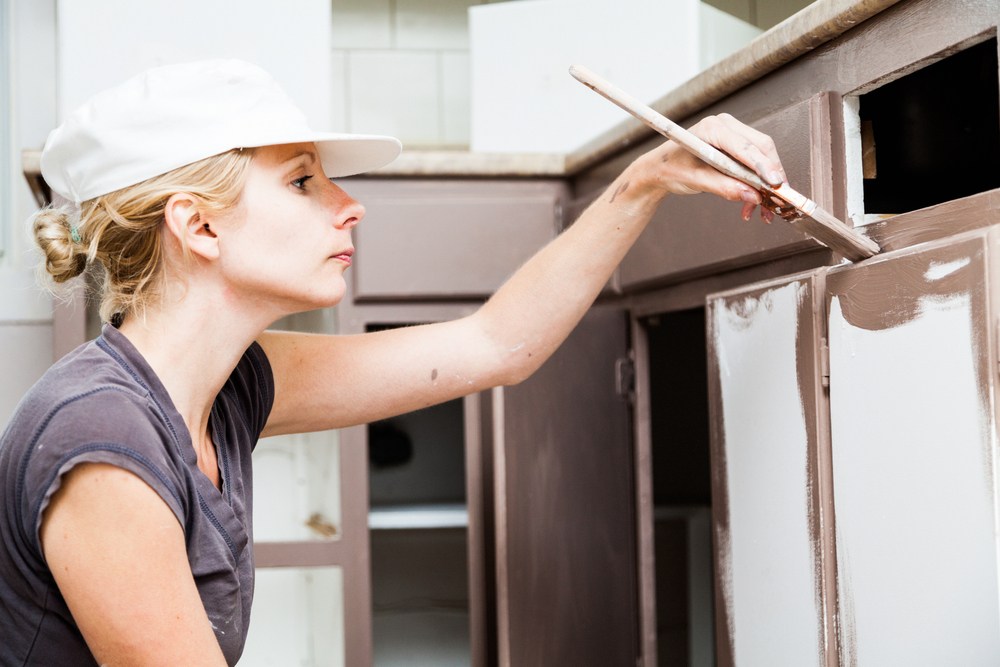 The last thing anyone wants during the cold winter months is to constantly be freezing in their own home. Always having the furnace running on a high temperature can get expensive, but you might not want to always be wearing bulky sweaters when you’re just spending time at home, either. There are many different steps you can take to make your home more energy efficient, like sealing drafts, replacing your exterior doors, or getting vinyl replacement windows, but if you’ve done those things and you’re still not comfortable and your energy bills are still too high, you may want to look into having more insulation added to your home.
The last thing anyone wants during the cold winter months is to constantly be freezing in their own home. Always having the furnace running on a high temperature can get expensive, but you might not want to always be wearing bulky sweaters when you’re just spending time at home, either. There are many different steps you can take to make your home more energy efficient, like sealing drafts, replacing your exterior doors, or getting vinyl replacement windows, but if you’ve done those things and you’re still not comfortable and your energy bills are still too high, you may want to look into having more insulation added to your home.
It’s estimated that about two-thirds of American homes don’t have enough insulation. Many homes built prior to 1970 were originally built with little to no insulation and while homes built after 1970 do have insulation, there may be room for improvement. Building requirements for insulation has continued to evolve over time and while your home may have been built to the appropriate standards at the time, it might be considered under-insulated by today’s standards.
In many cases, homes built after 1970 have pretty well insulated walls, but lack insulation in the attic. Because of this, a common sign of inadequate insulation is ice dams forming on the roof. If you think you could benefit from more insulation, Energystar.gov says taking a simple look in your attic could give you your answer. If you look in your attic and are able to easily see the flooring joists because the insulation is either level with or below the joists, adding more insulation is definitely something you should look into. Also check that the insulation is evenly distributed throughout the entire attic. It’s not unheard of for attics to have thicker insulation in certain areas.
If you seem to have plenty of attic insulation or live in an older home, hiring someone to come out and give your home an energy audit may be very worthwhile. When you hire a professional to give your home an energy audit, they’ll use things like infrared cameras, other thermal imaging tools, and door blowers, to identify exactly where drafts and heat loss are occurring. They will also be able to get an idea of what the insulation is like in your walls. If you have a home built before 1970, there’s a good chance you don’t have very much wall insulation. There’s also a chance that your insulation wasn’t properly installed in the first place and has since fallen down. Some types of insulation can also settle over time, making parts of your walls under-insulated.
Having a professional give your home an energy audit may cost a few hundred dollars, but being able to know exactly where your home is losing heat will help you figure out which improvements to make so you can save a considerable amount of money in the long run. Adding insulation can help reduce your energy bills by upwards of 30% and, if you’re thinking of selling your home, that extra insulation could make your home more appealing to a potential buyer.









